Vegetation and art
January 13, 2006
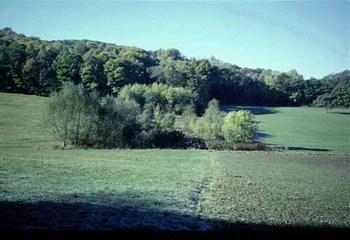
(image: herman’s meadow, copyright herman de vries)
This is an image of a meadow surrounded by farmland. Left to it’s own devices, the meadow has developed it’s own ecology, separate from the agricultural land surrounding it. The meadow is also an artwork by herman de vries, artist/botanist/publisher, who spells his name with small letters on purpose. As a land artist using the natural world as his medium, edible and medicinal plants feature frequently in his oeuvre. In an art in the public space work in the Netherlands, he planted a suburban neighbourhood with more than thirty-six species of heirloom pear and apple trees.
de vries’ work aims to create a heightened awareness with our ‘life-space’. A botanist trained in applied biology, his innovative publications frame natural products such as rose petals, thistledown, barks, mosses and roots, provoke a response far from scientific detachment. Think of an encyclopedaeic herbaria, dripping with passion and scribbles in Sanskrit, and you will have a good idea of his ‘Natural Relations, eine Skizze’. The herbarium includes more than two thousand plants and herbs, collected and logged, but the selection comes from de vries’ own memory! How’s about them apples!
The text below is de vries’ 10 theses on vegetation and art that I plucked from a book titled, ‘Transplant, Living vegetation in contemporary art’, edited by Barbara Nemitz.
vegetation and art
10 theses
* living things should be treated with repsect for their own message.
* nature is our primary reality. the experience of nature is a universal human value. vegetation is the basis of our existence.
*in art, nature becomes revolution.
* bonsai, constricted and malformed trees or plants are not art. they are perversion.
* in dealing wtih vegetation of plants in art, the artist needs in-depth knowledge about what he is working with.
* to bring plants and art together is a challenge for art.
* art in nature is totally superfluous. art can add nothing of significance to nature. the statements of nature are perfect.
* the restoration of natural relationships can be an artistic act.
* in view of what we imagine nature would do without human intervention, a park is, generally speaking, culturally impoverished nature.
* the ideals of the zen garden - asymmetry, simplicity, spontaneity, the absence of formalism - are nowhere as clearly accessible to visual experience as in naturally flourishing vegetation.
what wonderful things are “abandoned lots”, terrain vague, where mugwort, blackberries, thistles and wasteland take over.
- herman de vries
(used without permission from the publication; Transplant, Living Vegetation in Contemporary Art, edited by Barbara Nemitz / Hatje Cantz Publishers, ISBN 3-89322-971-X) www.hatjecantz.de
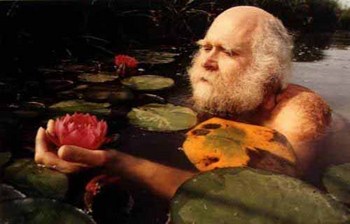
(image of herman de vries, copyright herman de vries)
- Michael Fehr on herman de vries’ meadow
- about herman de vries, Visual Research Centre, University of Dundee
- herman de vries, Sculpture Projects in Munster DE, 1997
- Dutch Foundation for Art in the Public Space, herman de vries, North of Overijssel Water Estate
- Dutch Foundation for Art in the Public Space, herman de vries, the Garden Village Collections
- October, February, June, a 1977 work by herman de vries translated into hypertext
- Individual Editions, artist editions of plant-related work
- Transplant, Living Vegetation in Contemporary Art, edited by Barbara Nemitz
debra at 21:56 | | post to del.icio.us

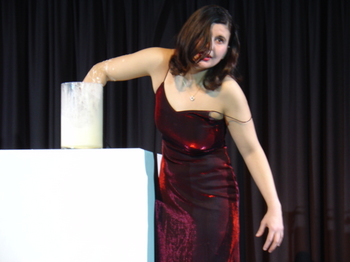
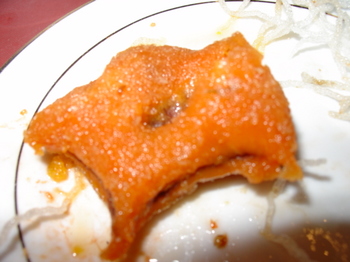
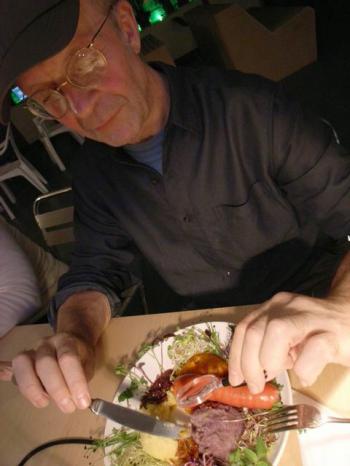
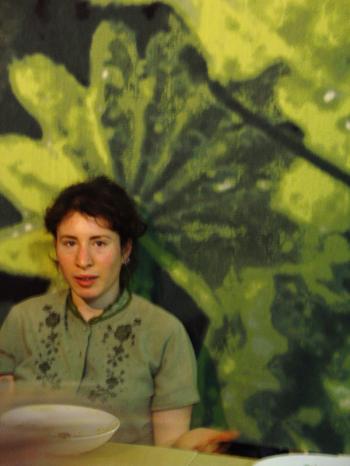
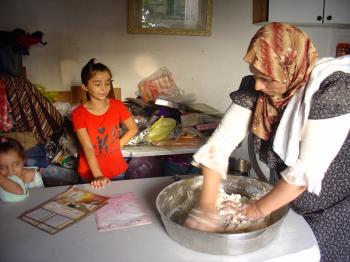
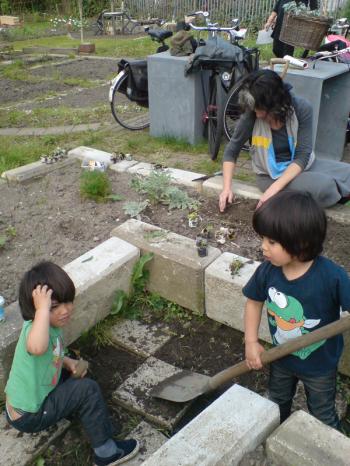
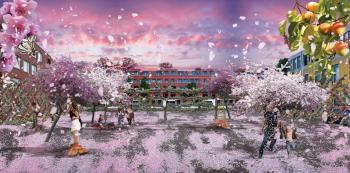
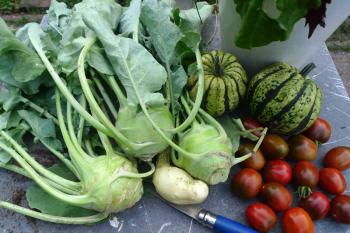










Good art talk!
Comment by matt — January 14, 2006 @ 2:55
Just doin’ my job, sir, just doin’ my job.
Comment by Debra — January 14, 2006 @ 10:02
The Desi bachelor Cook from India invites you to his Blog.. RSVP
Comment by tony — January 14, 2006 @ 15:56